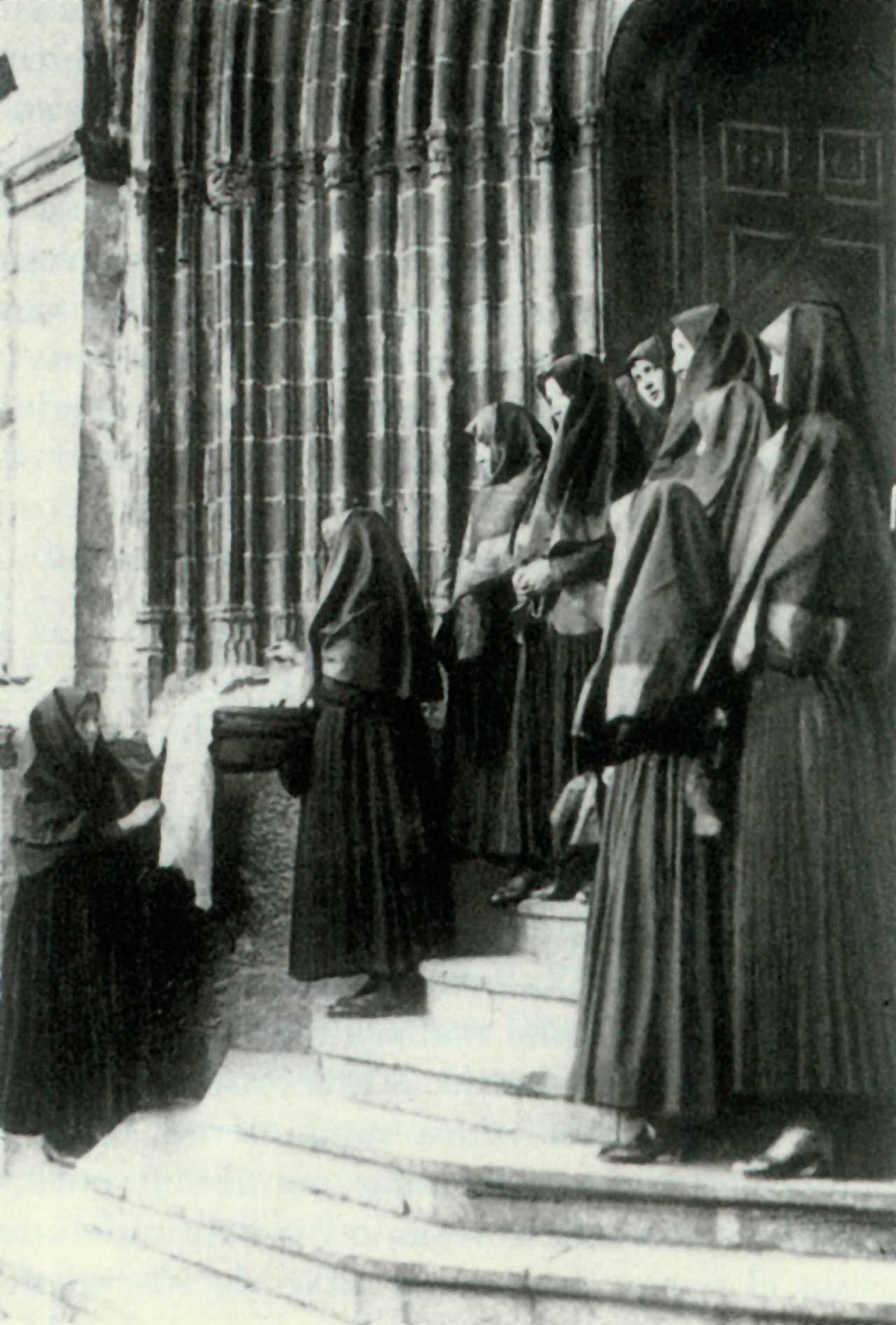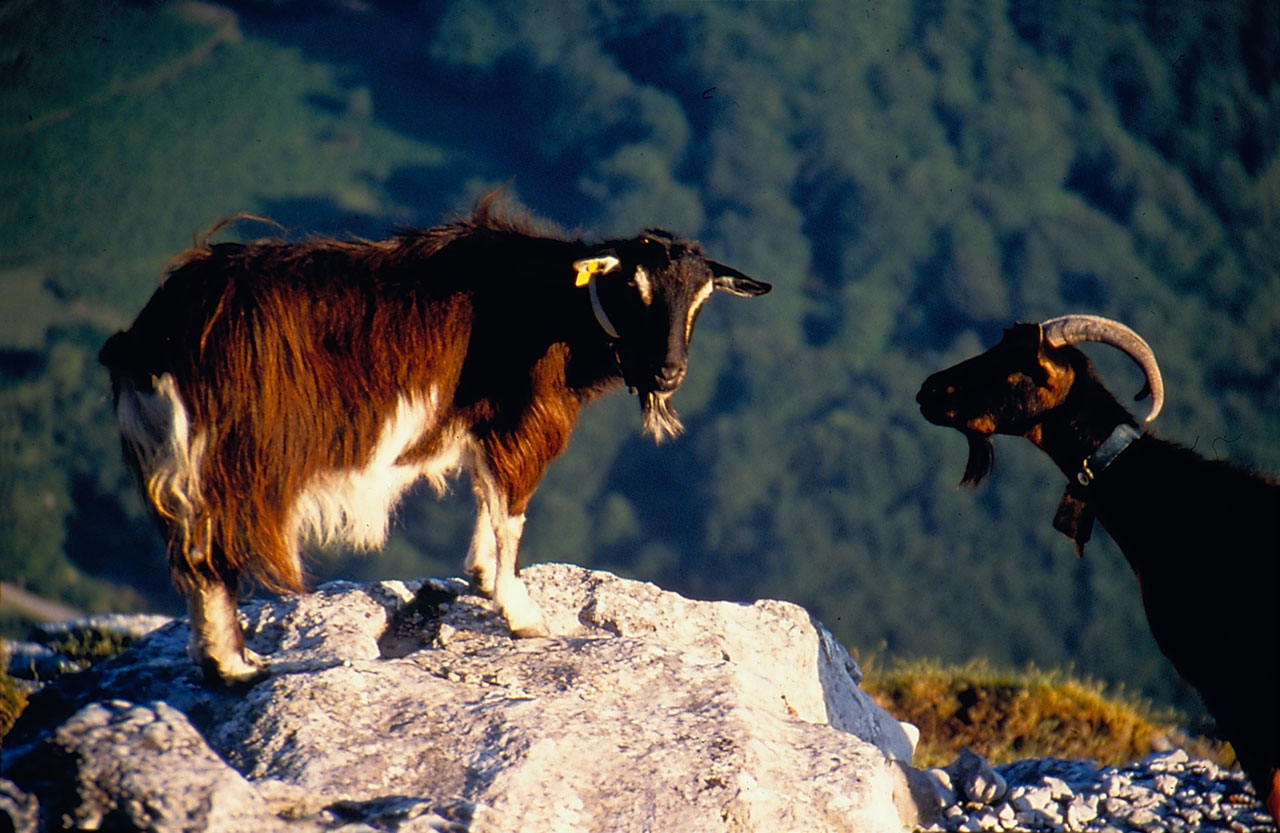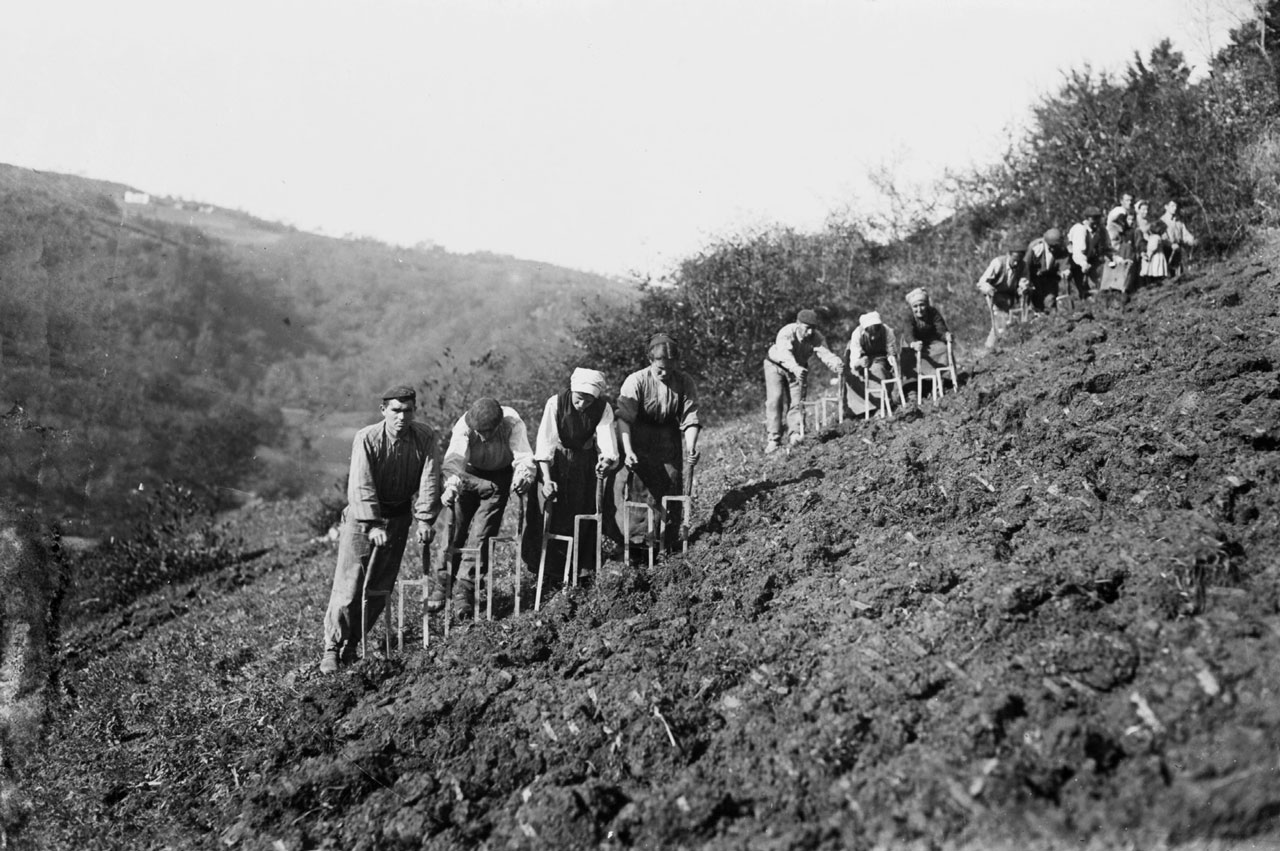Diferencia entre revisiones de «Main Page/en»
De Atlas Etnográfico de Vasconia
| Línea 12: | Línea 12: | ||
==[nav]== | ==[nav]== | ||
| − | ===[casa| | + | ===[casa|House and Family|/atlas/casa.png]=== |
| − | ===[alimentacion| | + | ===[alimentacion|Diet|/atlas/alimentacion.png]=== |
| − | ===[juegos| | + | ===[juegos|Children’s Games|/atlas/juegos.png]=== |
| − | ===[medicina| | + | ===[medicina|Medicine|/atlas/medicina.png]=== |
| − | ===[nacimiento| | + | ===[nacimiento|Birth|/atlas/nacimiento.png]=== |
| − | ===[ritos| | + | ===[ritos|Funeral Rites|/atlas/ritos.png]=== |
| − | ===[ganaderia| | + | ===[ganaderia|Livestock Farming|/atlas/ganaderia.png]=== |
| − | ===[agricultura| | + | ===[agricultura|Agriculture|/atlas/agricultura.png]=== |
==[libros]== | ==[libros]== | ||
Revisión del 17:53 28 ene 2020
Heir of the family. Zeanuri (B), c. 1920. Source: Labayru Fundazioa Photograhic Archive: Felipe Manterola Collection.
House and Family in the Basque Country


House and Family in the Basque Country
The widespread practice in the territories under charter law was for one of the children, either male or female, to continue with the family tradition of keeping up the farmstead and its belongings.
Family Diet in the Basque Country


Family Diet in the Basque Country
Gabon, bon-bon; Natibitate, ase eta bete; San Estebantxe, lehen letxe. Eat heartily on Christmas Eve; until you feel full at Christmas; and back to normal on St Stephen’s Day.
Children riding scooters and tricycles at Florida Park. Source: Municipal Archive of Vitoria-Gasteiz: Ceferino Yanguas.
Children’s Games in the Basque Country


Children’s Games in the Basque Country
Humans play games throughout their lives; however, that activity has a clearly different role for children and adults.
Traditional Medicine in the Basque Country


Traditional Medicine in the Basque Country
Verrugas tengo, verrugas vendo, aquí las dejo y me voy corriendo.Formula against warts
Rites from Birth to Marriage in the Basque Country


Rites from Birth to Marriage in the Basque Country
Charms, kutunak, were attached to children’s clothes and were said to protect them from the evil eye.
Funeral Rites in the Basque Country


Funeral Rites in the Basque Country
The members of the funeral cortege, relatives of the deceased and neighbours alike, would usually carry offerings of bread and light.
Goats wearing bells. Anboto (B), 1999. Source: Labayru Fundazioa Photograhic Archive: José Ignacio García Muñoz.
Livestock Farming and Shepherding in the Basque Country


Livestock Farming and Shepherding in the Basque Country
Cowbells, in the same way as chimes, have been attributed with the power to protect the livestock from spells. Their use to protect against the evil eye, begizkoa, was very widespread in the past.
Agriculture in the Basque Country


Agriculture in the Basque Country
Spades, ploughs, rakes, sickles, scythes and threshers were the essential tools for agricultural work.








